Clean air in the workshop is not just a luxury—it’s a necessity, especially for those passionate about electronics, soldering, or any activity that emits potentially hazardous fumes. Soldering smoke contains compounds such as flux residue and microscopic particulates, which, if inhaled regularly, can lead to significant respiratory issues and allergic reactions. As DIYers are increasingly aware of health and safety, the quest for an affordable, efficient solder fume extractor—one that rivals or even exceeds commercial options—has become more than just a hobbyist’s side project. Here, we unveil the blueprint, mechanics, and benefits of crafting the ultimate 6.7 Solder Fume Extractor: your key to pure workshop air.
## Understanding the Challenge of Soldering Fumes
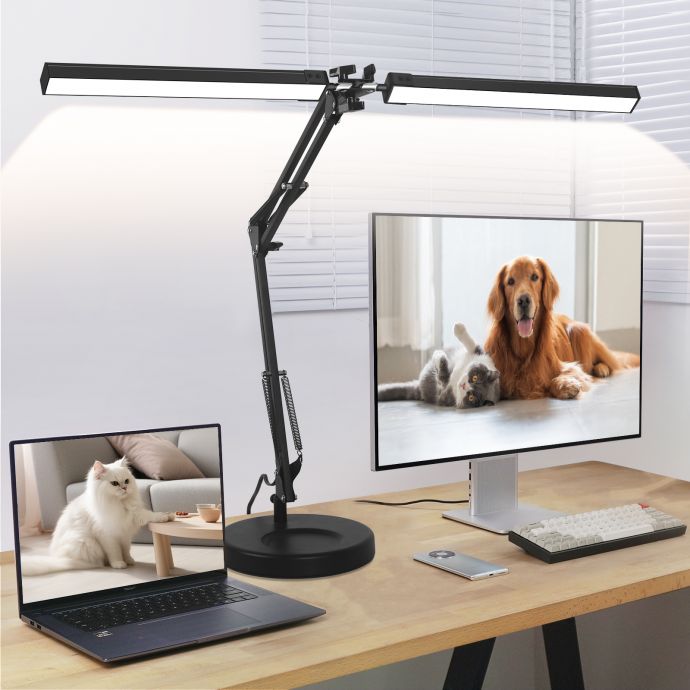
Every time the tip of your soldering iron touches that rosin-core wire, fumes are produced. The acrid smoke doesn’t just irritate your nostrils—it can cause chronic coughing, headaches, and even long-term health issues due to exposure to lead, flux-related chemicals, and other volatile compounds. Official standards often require workplace fume extraction, but for hobbyists and many professionals, the cost or bulk of commercial units is prohibitive.
A DIY approach promises flexibility, cost-effectiveness, and customization. But to match the efficiency and reliability of a high-end fume extractor, one needs to grasp the mechanics behind smoke absorption and the importance of each component that ensures only pure air is returned to your lungs.
## The Science of Solder Fume Extraction
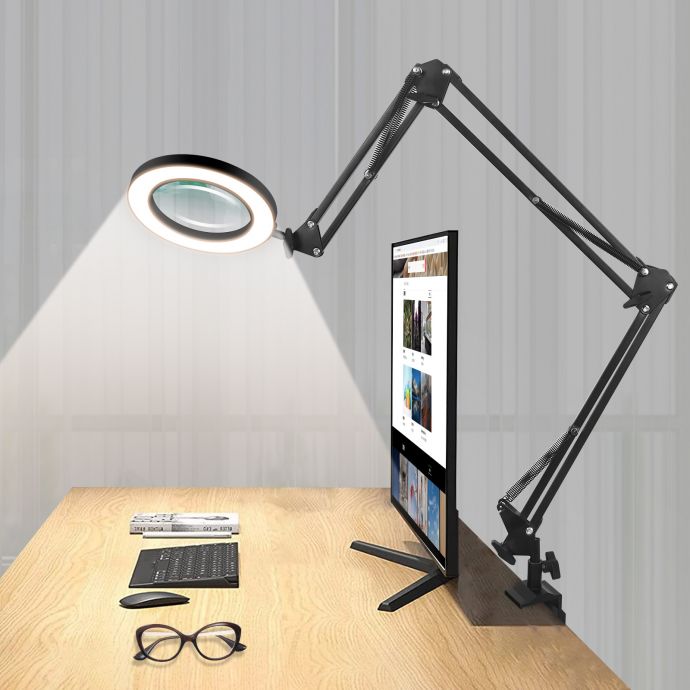
A high-performance solder fume extractor should accomplish three primary tasks: capture, filtration, and expulsion (or recirculation) of clean air.
1. **Capture**: The closer the air intake is to the source, the more effective the extractor. An efficient extractor creates a localized air current, whisking fumes away before they disperse.
2. **Filtration**: Captured air must be scrubbed of particulates and gases. Activated carbon and HEPA filters are the gold standard; carbon traps volatile organic compounds (VOCs), while HEPA removes particulate matter.
3. **Expulsion/Recirculation**: Cleaned air must be safely expelled or recirculated into the workspace, minimizing turbulence to avoid stirring up dust.
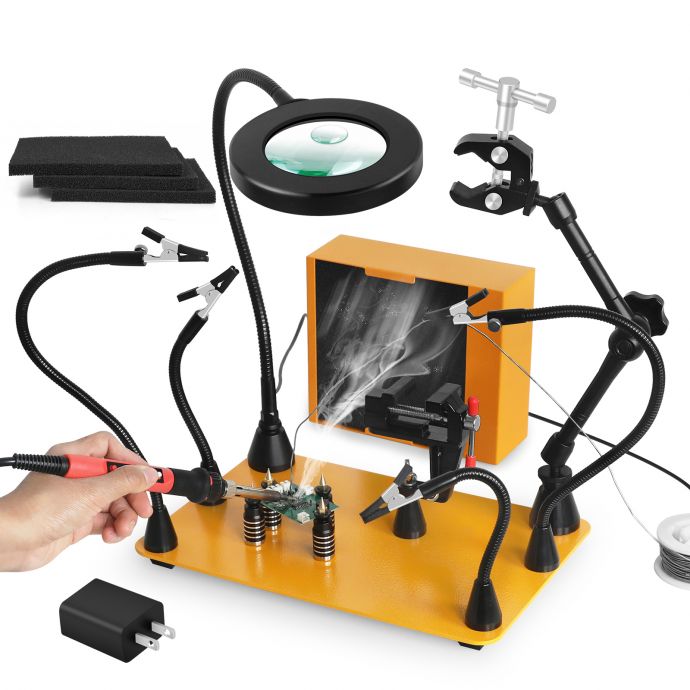
The “6.7” in our extractor refers to a crucial parameter: airflow rate, typically measured in cubic feet per minute (CFM) or liters per second (L/s). For most benchtop applications, an airflow of 6.7 CFM (about 190 L/h, or 3.2 L/s) strikes an optimal balance between compact size, manageable noise levels, and reliable smoke removal.
## What You Need: The Essential Components
Crafting your own solder fume extractor demands careful selection of components. Here’s what you’ll need:
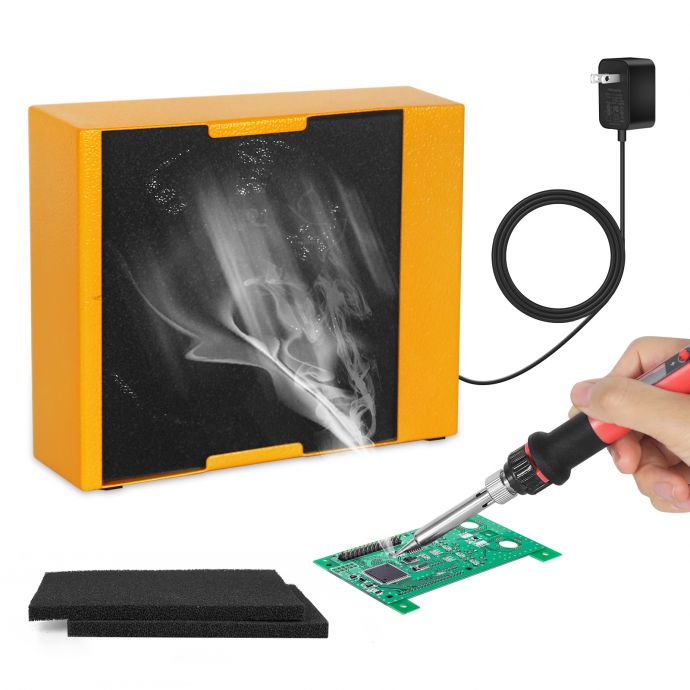
- **High-power, low-noise fan** (6.7 CFM rating)
- **Activated carbon filter** (replaceable tray or sheet)
- **Fine particulate (HEPA) filter** (optional but recommended)
- **Rigid or flexible housing** (to hold the fan and filter securely)
- **Intake nozzle or shroud** (to channel smoke efficiently)

- **Power supply** (matched to fan requirements)
- **On/off switch** with indicator light (for control and status)
- **Optional: variable speed controller, LED work light, mounting hardware**
With these elements, you can customize the unit’s look, size, and placement to your needs, whether you want a freestanding unit or one that mounts onto your workbench.
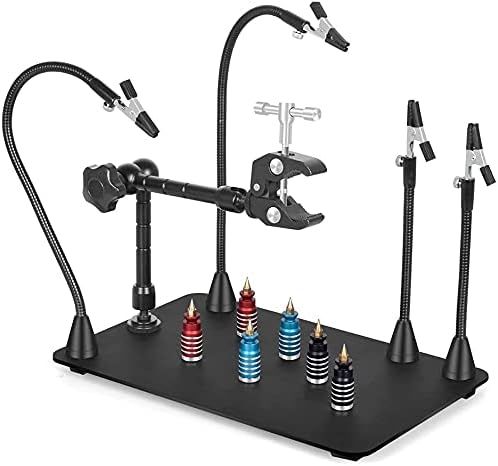
## Step-By-Step Guide to Building the 6.7 Solder Fume Extractor
### 1. Sizing Up: Selecting the Right Fan
The heart of every extractor is the fan. While computer case fans (120mm or larger) are popular, ensure the model you select can deliver at least 6.7 CFM even when pulling air through filters—which impose significant resistance. Look for brushless DC fans for longevity and low noise. A fan rated for 12V DC and 0.2-0.5A is ideal, deliver airflow between 6.7 and 12 CFM, and won’t sound like a jet engine on your desk.

### 2. Picking Filters for Maximum Efficiency
**Activated Carbon**: Flat filter sheets work well, but replaceable trays loaded with high-grade granules are even better. Carbon neutralizes odors and vapors that are often left untouched by ordinary dust filters.
**HEPA**: For extra safety, sandwich a HEPA layer in front or behind the carbon filter. Genuine HEPA material traps particles down to 0.3 microns, ensnaring the fine particulates solder fumes emit.
Both filters should be easily accessed for replacement; a clogged filter cripples airflow and extraction efficiency.
### 3. Building the Body: Housing and Nozzle
The housing can be fabricated from sheet metal, plastic project boxes, or even robust 3D-printed parts. The critical requirement is an airtight path from the intake, across the filters, to the exhaust. Foam gaskets or silicone sealant around filter edges prevent smoke leaks.
Design the intake with a wide, slightly flared nozzle or shroud. This maximizes the “capture zone”—the area from which smoke is effectively drawn. For close-in, desktop work, an 8-12cm wide intake positioned 5-15cm from the soldering point ensures optimal removal.
### 4. Wiring, Power, and Controls
Wire your fan, switch, and (if desired) speed controller using crimp or screw terminals for reliability. LED indicators are a welcome bonus, confirming power is on at a glance. Choose your power supply carefully: wall adapters (12V, 1A) are safest, but USB power is possible with certain fans and adapters for portable setups.
### 5. Assembly and Testing
Layer the filters in the airflow direction: HEPA first (captures particulates), then carbon (removes gases). Secure them firmly using filter brackets or custom slots. Run the fan and check for airflow (smoke can be tested using incense sticks). Adjust the intake’s distance and angle to maximize capture while minimizing noise and draft.
Carefully check for air bypasses—gaps allow smoke-laden air to escape filtration. Use smoke or a CO2 meter to verify extraction accuracy.
### 6. Optional Upgrades
- Add a secondary arm or articulating bracket, allowing easy movement of the extractor head.
- Integrate a post-filter for even finer air cleaning or specialty filters (formaldehyde-absorbing gel, for instance).
- Build in an Arduino-based VOC sensor and display, to actively monitor air quality.
## The Advantages Over Commercial Units
Why bother with a DIY fume extractor when commercial models exist? Two reasons: performance and customization.
Many commercial “budget” units cut corners; they use cheap foam filters (useless against VOCs), weak fans (low CFM, unsuitable for real soldering work), and flimsy plastic housings. DIY lets you:
- **Select High-Quality Filters**: True activated carbon and HEPA media, not marketing jargon.
- **Optimize Airflow**: Custom fans and intake geometry for your workspace.
- **Tailor to Your Workflow**: Mounts, lighting, and controls where you want them.
- **Enjoy Cost Savings**: Quality parts at a fraction of the price of pro models.
## Maintenance Tips for Long-Lasting Purity
Your extractor is only as good as its maintenance:
- **Replace filters regularly**: Carbon saturates after several months; HEPA needs changing every 6-12 months, depending on use.
- **Clean intake and interior**: Dust buildup or solder droplet accumulation can reduce airflow.
- **Monitor airflow and noise**: A drop in suction or rise in fan noise are signs it’s time for TLC.
## Health, Productivity, and Peace of Mind
Regular solderers know how headaches, eye irritation, and “shop cough” can derail an afternoon of tinkering. By investing a weekend in building a powerful, efficient 6.7 CFM solder fume extractor, you not only protect your lungs—you boost your focus, your comfort, and your productivity.
Pure air isn’t just about safety; it’s about crafting a space where creativity can flourish, uninterrupted by discomfort or health concerns.
## Join the DIY Mastery Movement
Across forums and maker spaces worldwide, home-built extractors are becoming a symbol of smart, self-reliant craftsmanship. By building your own 6.7 solder fume extractor, you join a tradition of makers who value both ingenuity and well-being.
Whether you’re a seasoned technician, a student learning your first circuits, or a hobbyist with a passion for safety, the ultimate DIY fume extractor is within your reach. With the right components, a careful hand, and the tips provided above, your workshop’s air can be as clean and fresh as the ideas you bring to life.
**So breathe easy, solder smart, and take pride in the mastery you bring to your craft—and your health.**






